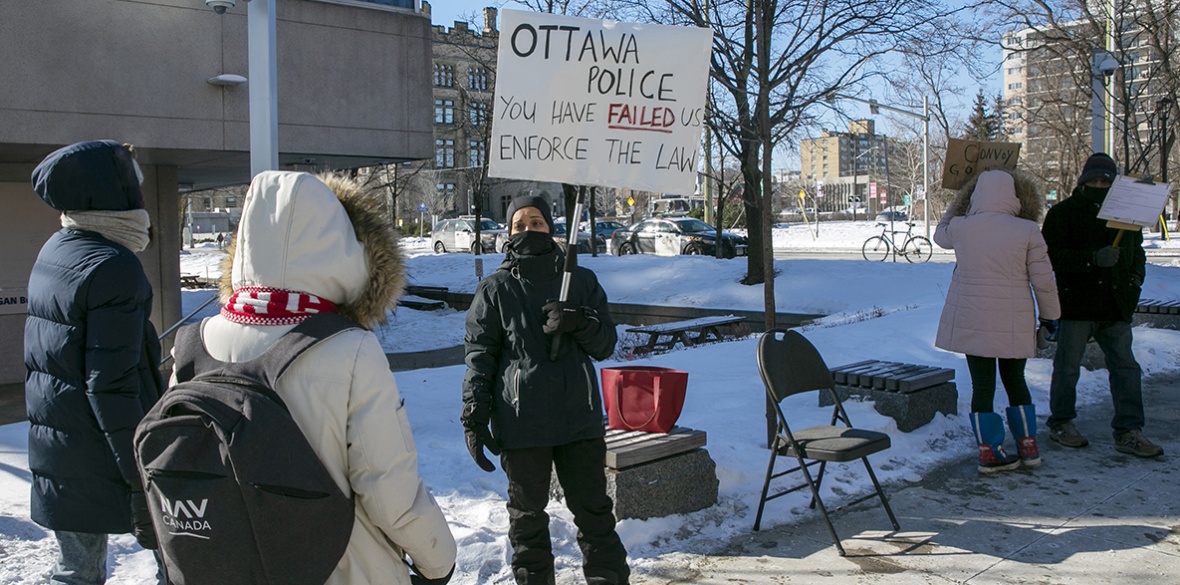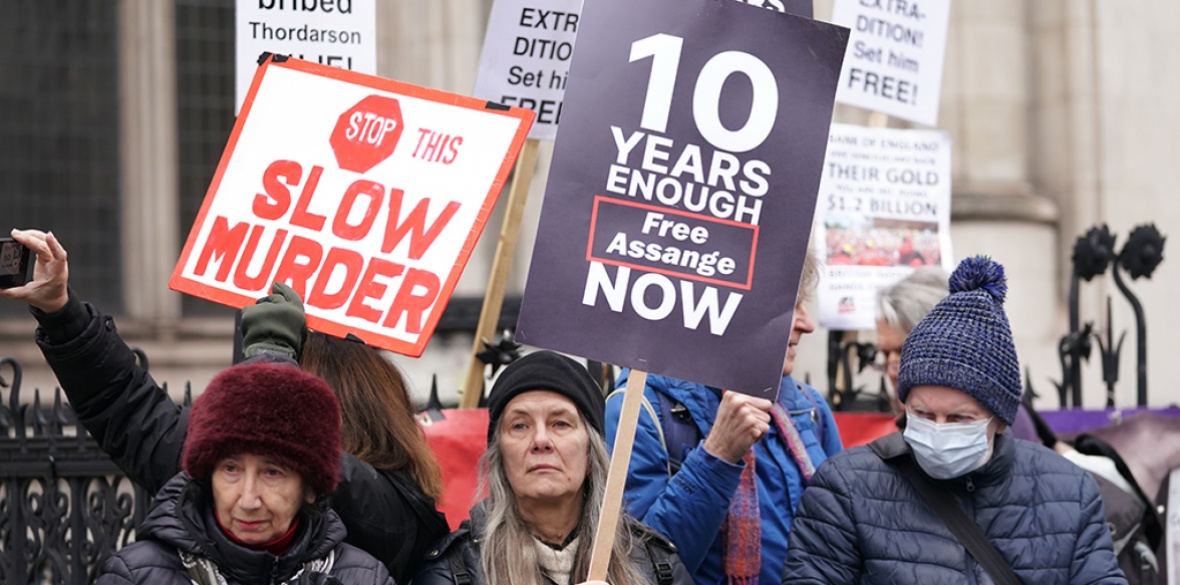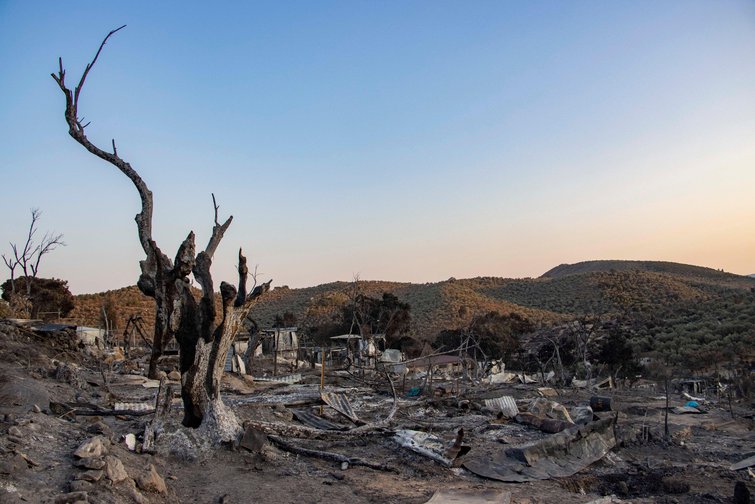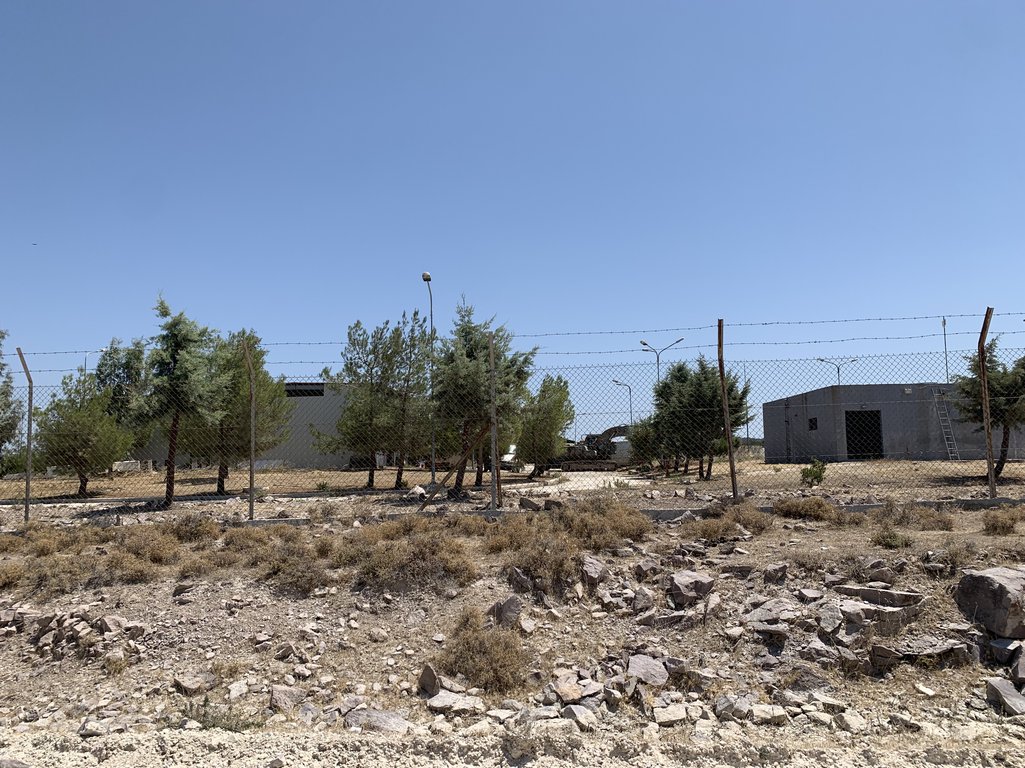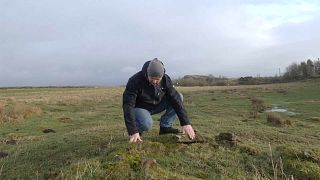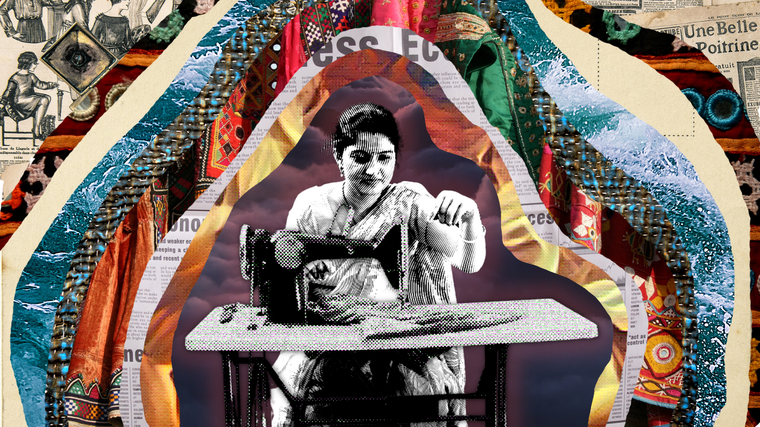SEMIOTICS OF WAR
Something to believe in: signifiers, symbols and Russia’s national ideology
Terms like ‘Great Patriotic War’ and ‘Russian world’ carry a heavy symbolic load and are imbued with meanings that adapt to serve political goals
Natalia Savelyeva15 February 2022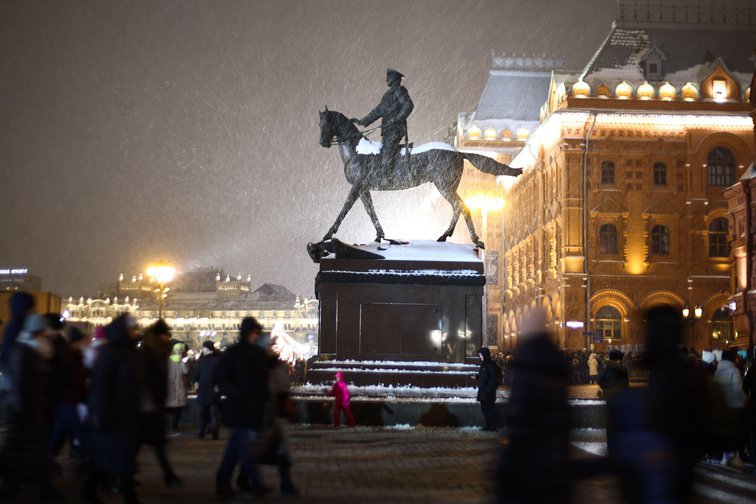 A monument to Georgy Zhukov, a Second World War Soviet
A monument to Georgy Zhukov, a Second World War Soviet military commander, in Moscow | (c) ITAR-TASS News Agency / Alamy Stock Photo. All rights reservedIn December 2021 the Russian Ministry of Foreign Affairs sent a list of demands to NATO and the US. It proposed pulling back NATO troops from eastern Europe and urged that there should be no further membership additions from within Russia’s ‘sphere of influence’, referring to Ukraine and Georgia.Since then, the whole world has become preoccupied with the possibility of a new Russian invasion in Ukraine. Although nobody knows what the Russian president is thinking, some of the arguments for or against the likelihood of military action reflect how Russians themselves view the possibility of war, and how an invasion could affect their political attitudes and support for Vladimir Putin.Yet there is a remarkable ambiguity in the emotions and opinions expressed in the Russian media regarding a possible conflict with Ukraine.In late December, Dmitry Kiselev, a provocative TV host and head of the government-owned international news agency Russia Today, promised that if Ukraine ever joined NATO or if NATO developed military infrastructure in the country, “We will hold a gun to America’s head.” The Russian Ministry of Foreign Affairs, meanwhile, officially declared on 27 January: “We have repeatedly stated that our country is not going to attack anyone. We consider unacceptable even the idea of a war between our peoples.” The next day Margorita Simonyan, editor-in-chief of Russia Today, opened a press conference with an alarming question to the foreign minister, Sergei Lavrov, which she claimed came from her social media subscribers: “When are we going to bomb Washington?” To which Lavrov replied: “If it depends on the Russian Federation, there will be no war. We don’t want wars. But we will not let them ignore our interests.”Finally, according to recent polls, 53% of respondents in Russia in December 2021 believed there would be no war between Russia and Ukraine, while 39% claimed the opposite. Despite this spread of opinion, respondents displayed solidarity over one point: that it is the US and NATO that are responsible for dragging Russia into war – a war which Russians are afraid of, but prepared for.
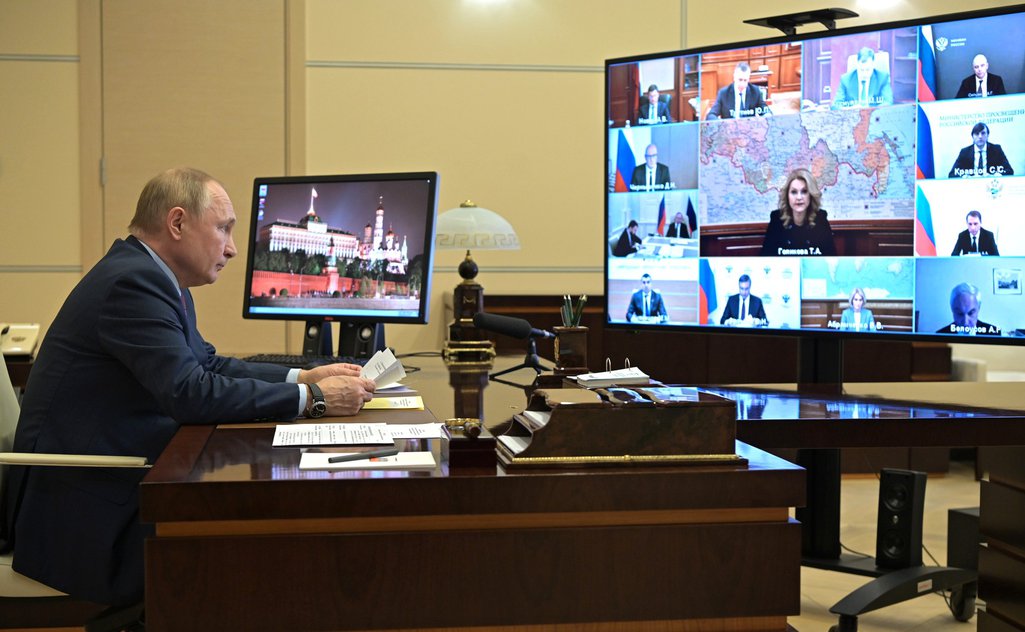
Russian President Vladimir Putin | Source: Kremlin.ru
The Great Patriotic War and the Russian psycheSince the start of the war in Donbas in 2014, two logically contradictory ideas have coexisted peacefully in the minds of Russian citizens: ‘If only there were no war,’ and ‘We can repeat it!’ Both refer to the Great Patriotic War, Russia’s term for the Second World War, and the second slogan refers to the Soviet military campaign against Nazi Germany.How does this strange double mindset work and why does it exist at all? Is it part of some strange Russian ideology, and if so, can it mobilise people in the case of real conflict? Right now we can only guess about the potential impact of this twisted worldview. But back in 2014, Russians mobilised in order to defend the ‘Russian world’, travelling to southeastern Ukraine to build a ‘New Russia’ (Novorossiya) and fight ‘the West’, in an effort to repeat the heroism of their grandparents and parents during the Second World War.Drawing on data from interviews with Donbas combatants, collected in 2016-2017 in Donbas, Moscow and St Petersburg by me and my colleagues from the Public Sociology Laboratory, an independent sociological initiative, I explored how these contradictory ideas can coexist. Is there any ideology that defines Russian discourse about the war in Donbas? And how does this ideology operate at the grassroots level? In other words, how does ideology impact the decisions of ordinary people directly involved in the conflict?Ideology as myth, and myth as ideologySometimes ideology is a story. Communist ideology in the Soviet Union was one. It gave an exhaustive explanation for human history from the beginning of time until the 20th century, explaining the reasons and the forces behind political events and human behaviour. It had its heroes, the proletariat, and villains, the capitalists. And it had its own sense of time – from oppression to communism, from a dark past to a bright future through struggle.Nationalist ideologies are usually stories as well. They often tell us how the ‘golden age’ of a glorious nation came to an end at the hand of invaders who contaminated the pure blood and high moral standards of its people, and how it is necessary to fight an enemy to restore that lost greatness.Sometimes an ideology is what theorist Roland Barthes called a myth: a sort of parasite that takes already existing semiotic systems – whether images, stories or performances – and drains them, investing already-existing signifiers with new meanings. One famous example he citeds was a cover of Paris Match magazine, featuring a photograph of a young Black soldier saluting the French flag. Barthes reported how he saw beyond the image itself to what he believed it was intended to signify: the greatness of a French imperialism that united people irrespective of race.Sometimes ideology includes both narratives and general, vague concepts, combining them in different ways.In Russia, the combination of narrative and ambiguous concepts seems unique: the meaning of common words and phrases like ‘the West’, the ‘Russian World’ (the concept of a broader community of Russian language, culture and spirituality outside of the country), ‘fascists’, and even the ‘Great Patriotic War’ have eroded. The words themselves can thus be filled with different meanings depending on the political circumstances and the people who use them. Intrinsically vague, these phrases are able to conjure up a cause, a devotion and a sense of unity across society. We saw this with Donbas in 2014, we observe it now and we will probably see it many times in the future.To explain how these common words and phrases work and what Russian ideology in action looks like, I want to look at three big ‘empty signifiers’ – the ‘Great Patriotic War’, the ‘Russian World’, and ‘Novorossiya’ – used to make sense of Donbas conflict by its immediate participants, local and Russian combatants.
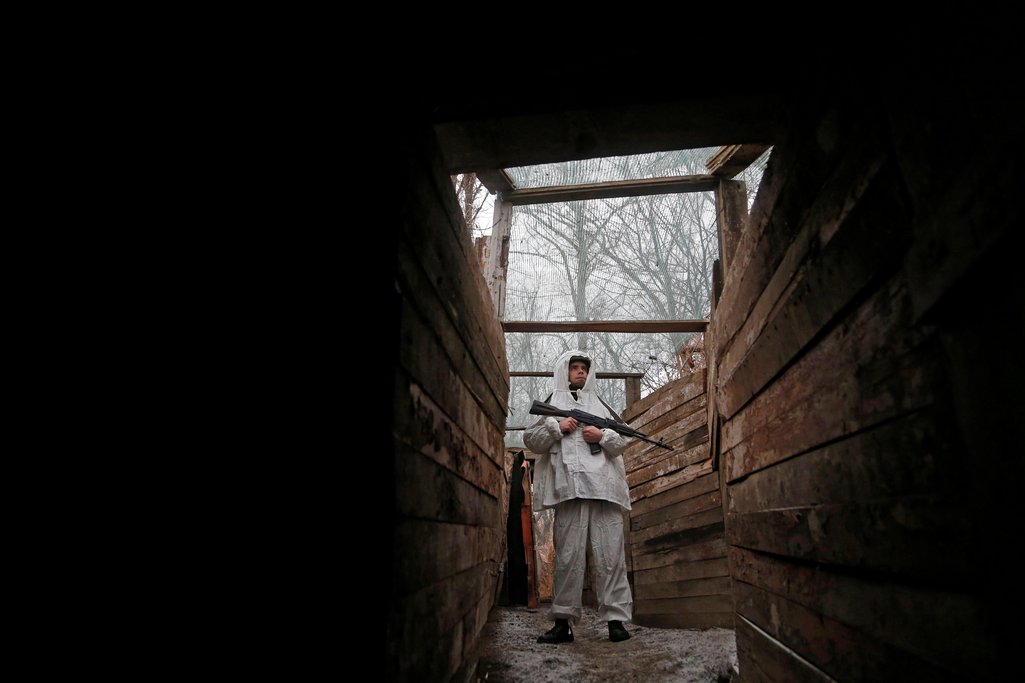
A militant of the self-proclaimed "Donetsk People's Republic" |
(с) REUTERS / Alamy Stock Photo. All rights reserved
Novorossiya, the Russian world and the Great Patriotic War
There are several groups of fighters who had more or less consistent narratives about their involvement in the war and the war itself: Donbas citizens who had some measure of financial stability; fighters from both Russia and Ukraine who had already fought in other post-Soviet conflicts; and activists (or ex-activists) from Russia with nationalist-leftist views.
For many Donbas residents, the idea, promoted in part by the Russian media, that the Donbas conflict is a repetition of the Great Patriotic War, became the main source for making sense of events of 2013-2014. Detailed stories about relatives who fought or wound up in captivity during the 1940s framed stories of their own mobilisation. “My father was a defender of Leningrad. My wife’s relatives also took part in the Great Patriotic War. A week after the headquarters of the Security Service of Ukraine was occupied [in our town], I was here, on the barricades,” a 63-year-old Donbas resident told me.
Being the successors of Soviet heroes, combatants believed they fought against the successors of the ‘Banderites’, Ukrainian nationalist guerillas from the 1940s, only now backed by US and the West, who did not understand what kind of evil they were feeding. This narrative mixing of present and past negated the need to articulate any other reasons to join the conflict: “I am a Soviet person/My father was a defender of Leningrad/My mother was in captivity – of course I joined the fight.” During the chaos of 2014, to fight with the same enemy in the same place for the same reason as one’s parents or grandparents became a sort of a moral obligation. The real fear, the feeling of alienation from a new Ukrainian state which was emerging after the Euromaidan revolution, and the resulting resentment many experienced was masked by two other popular concepts – the ‘Russian World’ and ‘Novorossiya’.
Combatants who had fought in other conflicts prior to 2014 simply loved war, I found. For them, although they used the same words to talk about war as local Donbas citizens without any previous military experience, the whole conflict looked different. In their world view, the Second World War and events in Donbas – along with the Cold War, the collapse of the Soviet Union and the conflicts that emerged in its aftermath – were simply episodes in the long-running antagonism between Russia and the West.

April 2014. Barricades in front of the Donetsk regional administration building
| (c) Mark Pourel / Alamy Stock Photo. All rights reserved“The Western world... will never wish us well, they always had the task to destroy us, for thousands of years, damn, starting with Alexander the Great and the ancient Romans,” one 33-year-old fighter told me. In this historical chain of events spanning more than a thousand years, the dissolution of the Soviet Union was considered another link. The current conflict in Ukraine, and the necessity to join it, were justified by the idea that if “Ukraine [is] torn apart, it would be Russia’s turn next”.If Donbas locals referred to the ‘Russian World” in an attempt to articulate their vision of a ‘normal life’ without the Ukrainian nationalist threat, for the experienced fighters, the ‘Russian World’ referred to people, spirit and culture. This world could be found everywhere and include anybody regardless of his or her ethnicity, nationality or personal preferences – very much in line with Putin’s joke that “Russia’s borders end nowhere”.For this second group of combatants, Novorossiya was, ultimately, just one territory – their ambitions extended well beyond it. They dreamed of recreating Russia in its imperial borders as they existed before 1917, as one combatant told me. This vision was very different from that of the local fighters, for whom Novorossiya (a term most of them never heard before 2014) remained a possible future for Ukraine, and one in which Donbas could find its place.But there was a third group of combatants, mostly Russian nationalists of different sorts, for whom Novorossiya constituted the main goal of the war and the main reason they joined it. For them, the ‘Russian World’ was an ideational entity, everything they wanted to believe in, but were not able to make a reality in Putin’s Russia. The idea of Novorossiya became a container for this unsatisfied desire, a real chance to build the society they were not able to create in Russia.As one 36-year-old Russian man explained: “Why did many people go to the Donbas? It was the idea of Novorossiya itself. It’s clear that it was utopian, that... there was still some little hope that it’s possible to create some kind of island, an island of true freedom, free from… this system, to create something new. Here. I would move there, with my family. There should be social justice, no oligarchs and bribed cops… Free bread, free air and the blossoming of culture like a wild tree. Liberty, equality, fraternity, in the best sense.”For representatives of this last group, the Great Patriotic War was an event of the past – a lost opportunity to be a hero, while the Donbas conflict gave them a real chance to act as heroes in the here and now.
Ambiguous terms, multiple meaningsHow did these terms become so ambiguous, carrying so many different layers of meaning? Here, it’s important to note that different parties did not fight to promote their vision via discussion. What we see here is not different interpretations of the same phenomenon. Novorossiya, the Russian World and the Great Patriotic War appear in both public and private narratives as floating signifiers. They are not completely empty, but they are empty enough to serve political goals, to be filled and refilled depending on the need of the day.In the Soviet period, Novorossiya referred to a particular territory, which was synonymous with the Russian Empire in the 18th and 19th centuries and now constitutes Ukrainian territory in the south-east of the country. In 1994 it reemerged among Transnistrian separatists, and then finally appeared in Russian public discourse in 2014, already carrying multiple ideological meanings to justify Russian involvement in the conflict. The concept of the ‘Russian World’ never had any concrete referent – no particular territory, social group, or historical event. Its meaning has been defined entirely by its political usage. Finally, the Great Patriotic War has proven to be the most ‘politically usable’ element of Russia’s past in recent decades, due to its versatility and capacity to fit various cultural frames, ranging from ‘heroic sacrifice’, ‘national glory’, ‘defence of freedom’, and ‘salvation of civilisation’ to ‘mass suffering’, ‘unrecoverable losses’ and ‘national victimhood’. Being loaded with meanings and intentionally expanded, these concepts became perfectly suitable for any new political adventure.Radical ambiguity is not only the fate of these three concepts, which were so useful at the beginning of the Donbas conflict. Some of them, like Novorossiya, have practically exited the political scene, at least for now; others, like the Great Patriotic War, continue to carry a heavy symbolic load and political importance – they have too much meaning to simply disappear. ‘Fascists’ and ‘the West’ are still with us and not going to leave Russian public discourse and people’s imagination any time soon. Explaining the role of propaganda in 2014, Peter Pomerantsev wrote that propaganda reinvented reality, producing mass hallucinations that then translate into political action. However, it is not only that new political entities appear and disappear whenever the Russian political establishment needs it.The increased use of political language due to the vagueness and emptiness of commonly used political concepts has become even more visible in Russia in recent years. Now almost any activity can be qualified as ‘political’ (and thus any organisation or person be declared a ‘foreign agent’ or ‘extremist’). This extremely ambiguous language hides genuine worries and produces fake solidarities. In 2014, feelings of fear and insecurity disappeared behind the slogans ‘We can repeat’ and ‘We fight for Novorossiya’. The unity of popular support for Putin and regular people arose when ‘the Russian people’ (including those who did not want to be Russian at all) opposed themselves to the mysterious ‘West’.Eight years on, what kind of story can we tell with words whose very meanings mutate and escape? With concepts which, like Putin’s imagined Russia, have no borders? If it is true that the future of Russia is history, then it is also true that this history is just a fantasy. A fantasy we can easily fill with any meaning we choose. This is a story of ‘forever’ and ‘always’, where nothing ever changes – Russia, the West, war. Nothing new happens in this story and everything remains; of a country stuck in nowhere, lost in a time-loop, where the imagined and reimagined past constantly repeats itself. This language – ambiguous, vague and boundaryless – is perfect for creating an impression of stability that lasts forever. Paradoxically, this is similar to the feeling that many regular Soviet citizens had in the years prior to the collapse of the Soviet Union. Some things can last forever, it seems, until they are no more.
